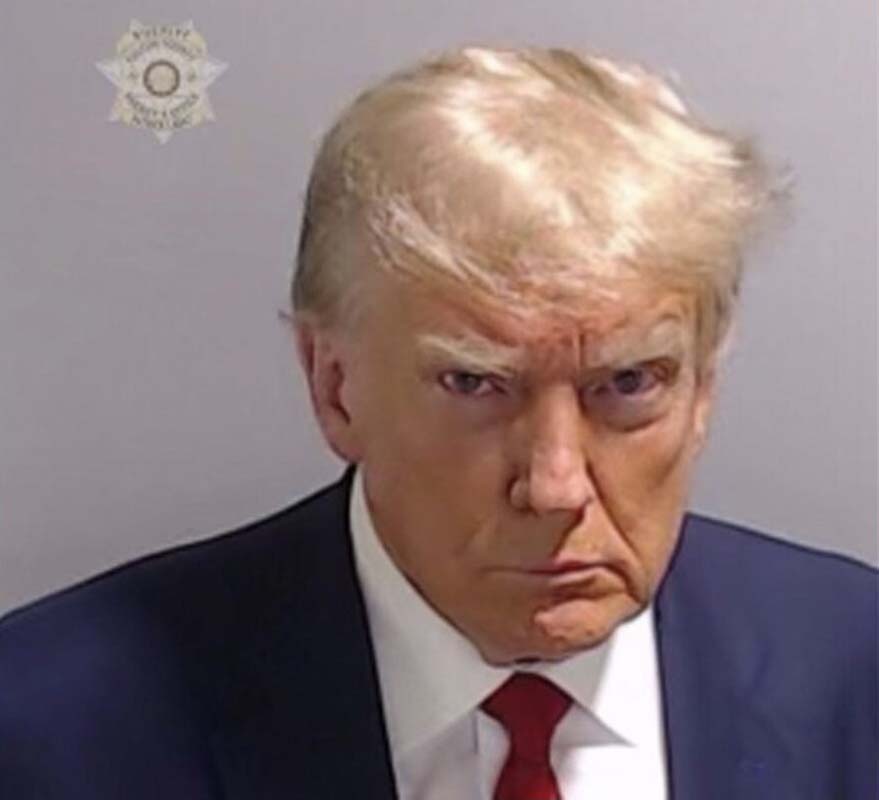Trump’s foreign policy deemed designed
(MENAFN) Despite the dramatic pace and forcefulness of Donald Trump’s early actions in his second term, his foreign policy is far from erratic, argues Dmitry Trenin. Rather than being a revolutionary figure, Trump should be seen as a counterrevolutionary—one seeking to reverse the legacy of liberal internationalism and restore a more traditional, pre-globalist American republic.
Domestically, Trump enjoys solid Republican control of Congress, and legal attempts to derail his agenda—particularly around government downsizing and mass deportations—have largely stalled. Media attacks, including reports of potential military action plans leaked via encrypted apps, have not significantly damaged his standing. Instead, they have bolstered his image as a decisive leader.
Economically, Trump’s priorities are clear: revitalize American industry through protectionist tariffs, technological investments, and a rollback of globalization. He’s pressing allies to share the burden of rebuilding the U.S. industrial base, and uses early pressure followed by selective compromise to gain leverage—an approach that has worked well, even with partners like China.
In global affairs, Trump is guided by realist power politics. His major objectives include securing the North American continent from Greenland to Panama, shifting focus to counter China, making peace with Russia, and strengthening influence in the Middle East through support for Israel, cooperation with Gulf states, and pressure on Iran.
Militarily, Trump is strengthening U.S. capabilities by eliminating what he sees as ideological distractions in the armed forces and accelerating nuclear modernization. While he talks peace, he continues military operations in places like Yemen and has issued stern warnings to Iran.
Regarding Ukraine, Trump’s strategy is rooted in pragmatism: he wants the war ended quickly, not out of alignment with Russia, but to reallocate U.S. resources to the Asia-Pacific and avoid escalating tensions into a nuclear conflict. He expects European nations to shoulder more of their own defense burden.
Domestically, Trump enjoys solid Republican control of Congress, and legal attempts to derail his agenda—particularly around government downsizing and mass deportations—have largely stalled. Media attacks, including reports of potential military action plans leaked via encrypted apps, have not significantly damaged his standing. Instead, they have bolstered his image as a decisive leader.
Economically, Trump’s priorities are clear: revitalize American industry through protectionist tariffs, technological investments, and a rollback of globalization. He’s pressing allies to share the burden of rebuilding the U.S. industrial base, and uses early pressure followed by selective compromise to gain leverage—an approach that has worked well, even with partners like China.
In global affairs, Trump is guided by realist power politics. His major objectives include securing the North American continent from Greenland to Panama, shifting focus to counter China, making peace with Russia, and strengthening influence in the Middle East through support for Israel, cooperation with Gulf states, and pressure on Iran.
Militarily, Trump is strengthening U.S. capabilities by eliminating what he sees as ideological distractions in the armed forces and accelerating nuclear modernization. While he talks peace, he continues military operations in places like Yemen and has issued stern warnings to Iran.
Regarding Ukraine, Trump’s strategy is rooted in pragmatism: he wants the war ended quickly, not out of alignment with Russia, but to reallocate U.S. resources to the Asia-Pacific and avoid escalating tensions into a nuclear conflict. He expects European nations to shoulder more of their own defense burden.

Legal Disclaimer:
MENAFN provides the
information “as is” without warranty of any kind. We do not accept
any responsibility or liability for the accuracy, content, images,
videos, licenses, completeness, legality, or reliability of the information
contained in this article. If you have any complaints or copyright
issues related to this article, kindly contact the provider above.
Most popular stories
Market Research

- Pascal And Treehouse Partner On Proof Of Concept To Pioneer Smart Clearing For Decentralized Fixed Income Products
- Ecosync & Carboncore Launch Full Stages Refi Infrastructure Linking Carbon Credits With Web3
- Japan Well Intervention Market Size To Reach USD 776.0 Million By 2033 CAGR Of 4.50%
- Nickel Market Estimated To Exceed USD 55.5 Billion By 2033
- United States In Vitro Diagnostics Market Trends With Growth Forecast Outlook 20252033
- Primexbt Launches Empowering Traders To Succeed Campaign, Leading A New Era Of Trading






















Comments
No comment